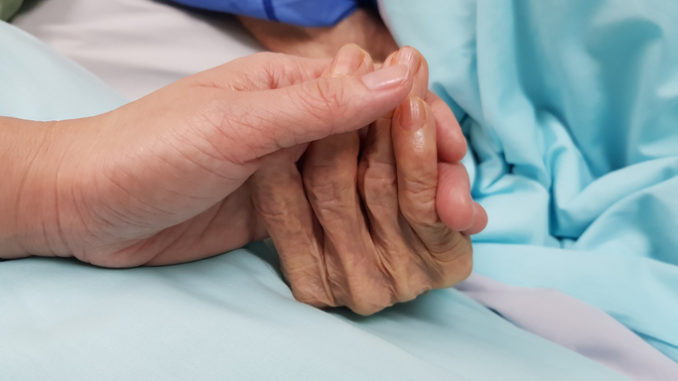
Anticipatory prescribing and ‘just in case’ boxes are an important part of end-of-life care
Providing a good death at home is a vital part of general practice but it presents unique problems for the primary care team, especially out of hours, when access to the patient’s GP and regular pharmacy may not be possible. This guide is not intended to be used as clinical guidance, but is intended to clarify the issues around anticipatory prescribing and end-of-life care.
The importance of anticipatory prescribing
Poor communication, planning, pain management and co-ordination lead to tragic and avoidable suffering. The Dying without dignity report highlights that end-of-life care could be improved for 350,000 people a year in England alone. Read:
Anticipatory prescribing enables prompt symptom relief at whatever time the patient develops distressing symptoms. Although each patient has individual needs, many acute events during the palliative period can be predicted, and management measures put in place.
‘Just in case’ boxes
Anticipatory prescribing ensures that:
- there is a supply of drugs in the patient’s home;
- they have the apparatus needed to administer these drugs;
- both are available to an attending clinician for use where appropriate.
Remember that these drugs belong to the patient, and have the same legal status as other prescribed controlled drugs.
In certain situations it might be appropriate for drugs to be prescribed for use by the patient’s family, along with clear instructions. These supplies are normally provided in a specially marked ‘just in case’ box.
Nurse prescribers can provide these too; however, many GPs find that supplying these medications creates an opportunity to discuss with the patient and family their hopes and fears about the coming weeks.
Best practice
- The health professional authorising administration of a pre-supplied, anticipatory, drug must accept responsibility for that decision.
- The availability of such medication in the patient’s home is in no way a substitute for proper clinical evaluation at the time of a change in the patient’s condition.
- The list of usual anticipatory drugs supplied should be agreed locally, with input from the local medical committee, other lead GPs, and specialist palliative care professionals such as the local hospice and Macmillan teams.
- Blanket prescribing of the same medications for all patients is discouraged – the ‘just in case’ box should be based on the individual patient’s underlying condition.
- The normal starting doses should be agreed and available in printed form to minimise the chance of prescribing error.
- The quantity supplied needs to be balanced between adequate supply and waste.
- As a minimum, ‘just in case’ boxes should contain the anticipated drugs, administration equipment, written instructions as to dose and indications, and a way of keeping a record.
- The prescriber needs to be satisfied that the patient and carers understand the reasons for the medications. This is a good time to discuss the prognosis with the patient and their family, and to ensure they understand how to access care if their health deteriorates.
- The out-of-hours service, and all others involved in the patient’s care, must be made aware of the clinical situation and the availability of drugs.
Gold Standards Framework – examples of good practice
Difficulties with ‘just in case’ boxes
- Drugs remaining in the community for extended periods of time.
- Prescribing for the future; it inevitably involves uncertainty and risk concerning the drug’s correct use when it does come to be used.
- Doctors who prescribe drugs in this way have very little control over what will happen when the drug is actually administered.
- There is a concern that advance prescribing might encourage their administration without proper assessment.
The death of a loved one is sensitive for all of those involved, but following this guidance can help you to ensure end-of-life care doesn’t make the process any harder.


Be the first to comment